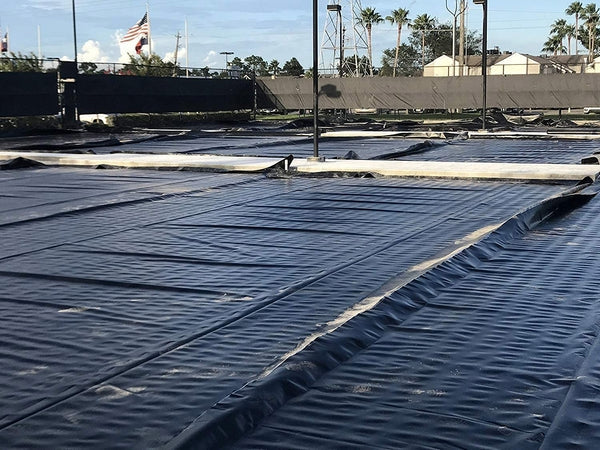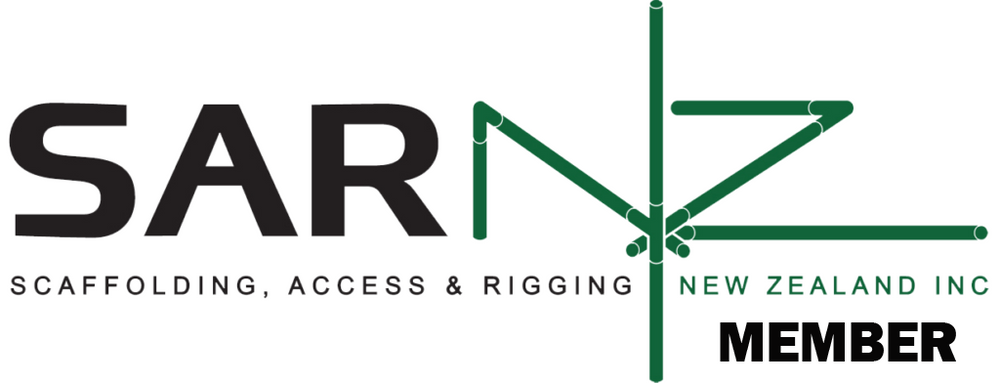Waterproof Membrane Protection

Waterproof Membrane Protection
Waterproof membrane protection is vital in construction, offering a reliable barrier against water intrusion. This safeguard ensures that structural elements like foundations, roofs, and walls remain unaffected by moisture, preventing mould growth, cracks, and corrosion. Contractors frequently depend on these membranes to maintain structural durability while reducing maintenance costs. Modern waterproofing solutions, including self-adhesive sheets and liquid-applied membranes, adapt seamlessly to complex designs, ensuring comprehensive coverage. When installed correctly, these membranes enhance energy efficiency, improve insulation, and help meet strict building codes. They serve as an indispensable component for protecting buildings from moisture-related damages and maintaining long-term performance.
Applications
Key Features & Advantages
Our protection solutions effectively shield waterproof membranes from water ingress, dust, and debris while withstanding heavy foot traffic, equipment, and material handling impacts.
Designed for tough construction environments, our DPM plastic film and corflute sheets provide excellent durability, ensuring long-lasting performance even in high-traffic zones.
With a user-friendly design, our protection materials are easy to cut, handle, and install, reducing labor time and improving efficiency on-site.
Ideal for use in renovations, commercial construction, and industrial sites, our waterproof membrane protection suits a variety of surfaces, including floors, walls, and outdoor areas.
Our protective materials help prevent costly repairs by safeguarding surfaces against accidental damage. Corflute sheets are reusable, making them a sustainable and economical choice.
Built to withstand harsh conditions, our waterproof membrane protection solutions resist chemicals, UV exposure, and weather fluctuations, ensuring reliable performance throughout the project.
Why Use Waterproof Membrane Protection
Frequently asked Questions
A waterproof membrane is a barrier applied to surfaces like walls, roofs, or foundations to prevent water penetration. It is essential for maintaining structural integrity and protecting buildings from moisture-related damage.
Common materials include bitumen, polyurethane, PVC, and EPDM. These materials offer varying benefits such as flexibility, UV resistance, and durability, suitable for different environmental and structural needs.
Installation methods include liquid application, sheet layering, or self-adhesive membranes. Each method is selected based on surface requirements, environmental conditions, and the complexity of the project design.
They are used in foundations, roofs, bathrooms, basements, and tunnels. These membranes provide essential moisture protection in areas prone to water infiltration and humidity.
Most membranes have a lifespan of 10–20 years, depending on material quality and environmental factors. Proper installation and regular maintenance extend their effectiveness.
Yes, damaged sections can often be patched. Timely inspections and repairs ensure continued protection without the need for complete replacement.















